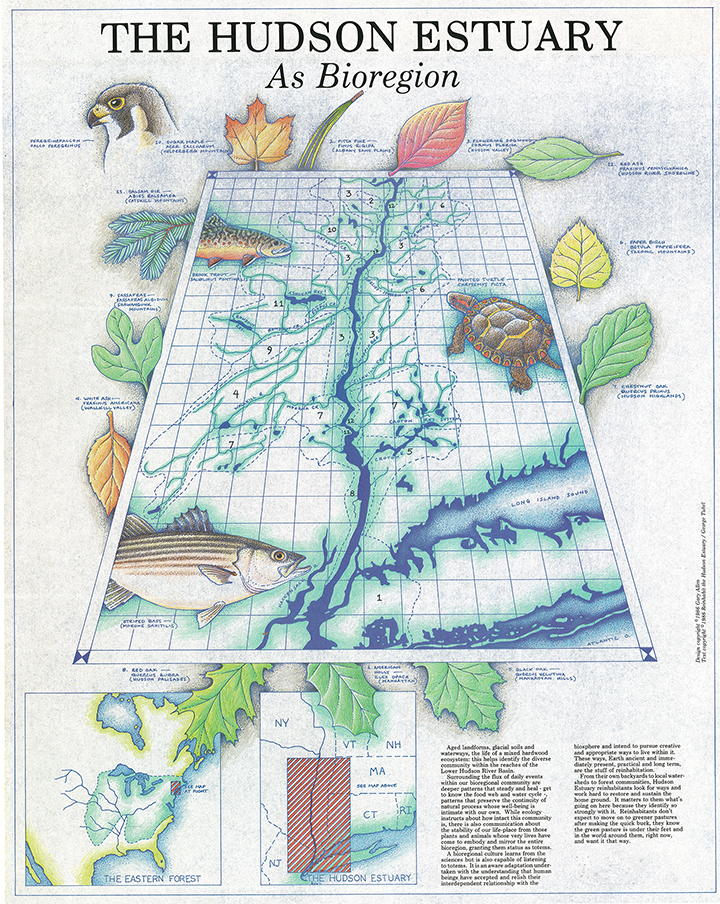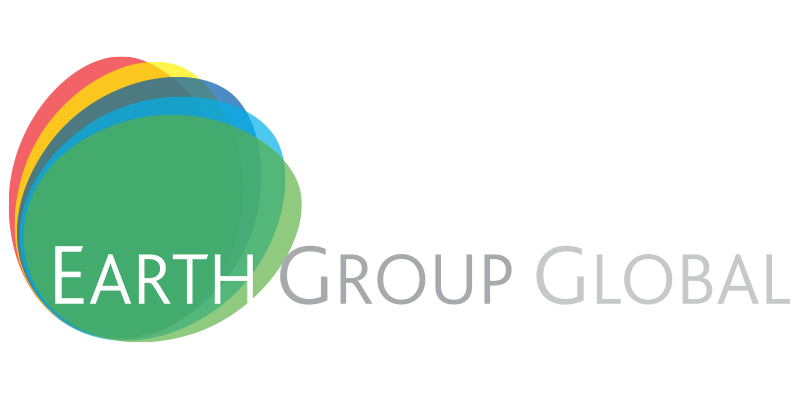Bioregions
Do you know your bioregion?
We each make our home in a living place on the Earth. Hudson Estuary, Palisades, Hudson River Valley, Lenape Territory, USA.
Our modern way of life ignores a simple fact that the bioregionalist practices. The survival of all life on the Earth, not just human life, depends on our everyday habitual actions. Either our actions nurture and strengthen the web of life or they break it. Our challenge today as we face life-threatening events such as extreme droughts, thousand-acre run-away fires, polluted, undrinkable water and toxic air is to realign ourselves with the dynamic, life-supporting ecosystems of the Earth. How? By each of us reinhabiting where we live through our daily habits. This is the step necessary to preserving the biosphere, which is the zone of life on Earth occupied by all living organisms, including humanity. Life can’t survive without the unique bioregions throughout the biosphere.
As ‘geologian’ Tom Berry wrote: ‘Although the earth is a single integrated life system, it articulates itself in differentiated regions, each of which has its own distinctive qualities. The life system of a mountainous bioregion is different from the life systems of coastlands, or prairies, or tropical forest.” Just as the distinct organs in our bodies together support us as living organisms, so the bioregions of the earth together support all life in the biosphere.
Hudson Estuary as Bioregion
A confluence of many people flowed together in creating the bioregional consciousness of the Lower Hudson River Estuary. Three of the key individuals were Paul Ryan, Earth Group Global Video Director, who lived with Bioregionalists in San Francisco during the early years of identifying and naming the life-regions of the Earth as Bioregions. Returning home to the Hudson Estuary, he arranged a meeting between San Franciscan Peter Berg, an early, ardent advocate of living bioregionally, and Tom Berry – a Catholic priest and ‘geologian,’ who lived on the eastern shore of the Hudson Estuary.
During this meeting, the three dove deeply into the necessity of living within the web of life. They agreed Homo sapiens are mammals just like so many other animals, who are dependent on the biosphere for their survival. They talked about the value of indigenous peoples and their know how-to live-in place practices.
New York City within the Bioregion of the Hudson Estuary
Bronx Waterfall, New York City, Copyright Paul Ryan


